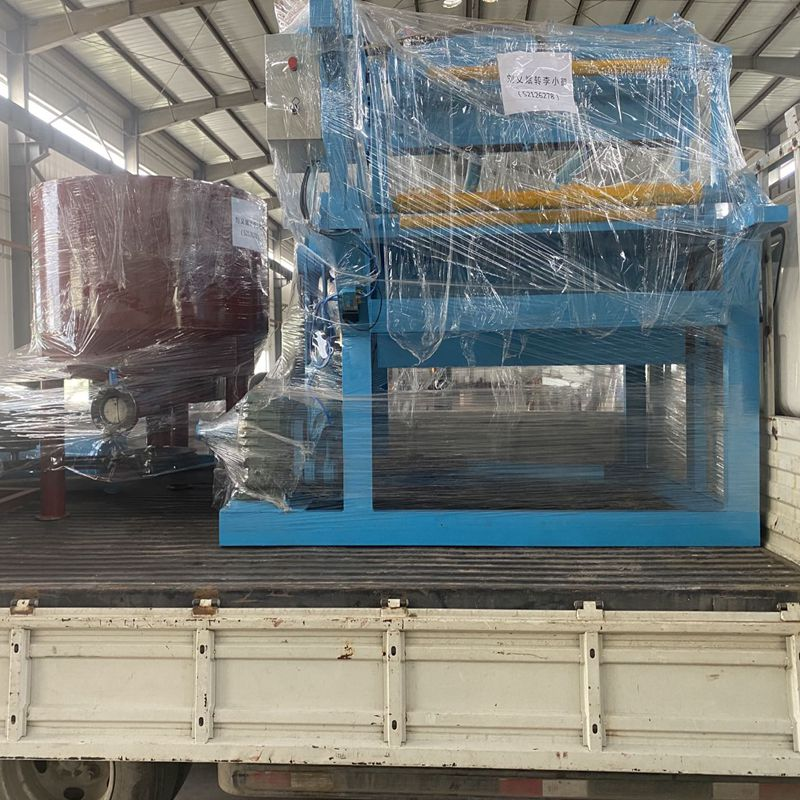animal feed pellet making machines
Nov . 12, 2024 07:24 Back to list
animal feed pellet making machines
The Evolution and Importance of Animal Feed Pellet Making Machines
In the realm of animal husbandry and aquaculture, the significance of high-quality animal feed cannot be overstated. As livestock and fish farming industries expand globally, the demand for efficient and nutritious feed has surged. This is where animal feed pellet making machines come into play, revolutionizing how animal feed is produced and ensuring that animals receive optimal nutrition.
Understanding Animal Feed Pellets
Animal feed pellets are compressed feeds that are more convenient for storage and handling compared to traditional loose feed. They are formulated to meet the nutritional needs of various animals, including cattle, poultry, pigs, and even aquatic species such as fish and shrimp. Pelleted feeds minimize waste and enhance feed conversion rates, meaning that animals can convert feed into body mass more efficiently.
The Role of Feed Pellet Making Machines
Feed pellet making machines are specialized equipment designed to convert raw ingredients—such as grains, vitamins, minerals, and protein sources—into uniform pellets. The process of pelleting typically involves several steps grinding, mixing, conditioning, and finally, pelleting.
1. Grinding Raw materials need to be finely ground to increase the surface area, facilitating better mixing and making the pelleting process more effective.
2. Mixing After grinding, the ingredients are mixed thoroughly to ensure that each pellet contains a balanced proportion of the necessary nutrients. This step is crucial to producing high-quality feed.
3. Conditioning The mixed feed is then conditioned by applying heat and moisture. This process helps to soften the ingredients, which is essential for proper pellet formation and also aids in the destruction of harmful bacteria.
4. Pelleting Finally, the conditioned feed is compressed and forced through a die in the pellet mill. This machining process shapes the feed into pellets and also causes the natural starches in the ingredients to gelatinize, enhancing the binding of the materials.
Benefits of Using Pellet Making Machines
animal feed pellet making machines

1. Nutritional Value Pelleting can enhance the digestibility of feed by making nutrients more accessible. This process also allows for the incorporation of various additives, such as probiotics and enzymes, to support animal health.
2. Feed Efficiency Animals generally consume less feed when offered pellets compared to loose feed. This results in better feed conversion ratios, ultimately increasing profitability for farmers.
3. Reduced Waste Pelleted feed is less prone to spoilage and waste. The compact form minimizes the amount of feed lost to spillage, bird access, or environmental factors such as moisture.
4. Improved Storage Pellets are easier to store compared to bulk feed. They take up less space and have a lower risk of pest infestation, making storage logistics more manageable.
5. Versatility Modern pelleting machines can be adjusted to produce different sizes and types of pellets, making them suitable for a variety of animals ranging from small pets to large livestock.
Advancements in Technology
The design and functionality of animal feed pellet making machines have advanced significantly over the years. Innovations such as programmable logic controllers (PLCs) enable operators to monitor and control the pelleting process with greater precision. Additionally, the incorporation of energy-efficient motors and durable materials has improved the longevity and operating efficiency of these machines.
Moreover, with the focus on sustainability and eco-friendliness, many manufacturers are now producing machines that minimize energy consumption and support the use of alternative feed ingredients, such as agricultural by-products, thus reducing the reliance on conventional raw materials.
Conclusion
Animal feed pellet making machines play an integral role in the agricultural sector by facilitating the efficient and effective production of high-quality animal feeds. As the global demand for livestock products continues to rise, these machines will undoubtedly evolve further, helping farmers optimize their production processes and contribute to sustainable agricultural practices. Investing in advanced pelleting technology is essential for anyone involved in animal production, ensuring that animals receive the best nutrition while supporting the growth of the industry as a whole.
-
Hot Sale 24 & 18 Door Rabbit Cages - Premium Breeding Solutions
NewsJul.25,2025
-
Automatic Feeding Line System Pan Feeder Nipple Drinker - Anping County Yize Metal Products Co., Ltd.
NewsJul.21,2025
-
Automatic Feeding Line System Pan Feeder Nipple Drinker - Anping County Yize Metal Products Co., Ltd.
NewsJul.21,2025
-
Automatic Feeding Line System - Anping Yize | Precision & Nipple
NewsJul.21,2025
-
Automatic Feeding Line System - Anping Yize | Precision & Nipple
NewsJul.21,2025
-
Automatic Feeding Line System-Anping County Yize Metal Products Co., Ltd.|Efficient Feed Distribution&Customized Animal Farming Solutions
NewsJul.21,2025






